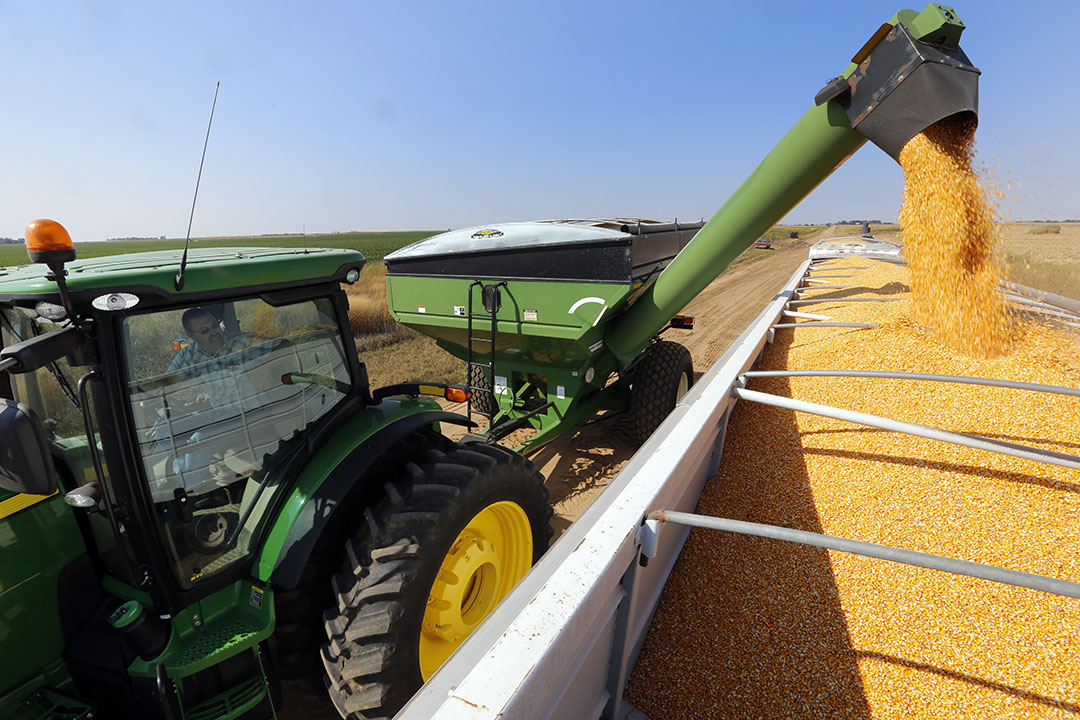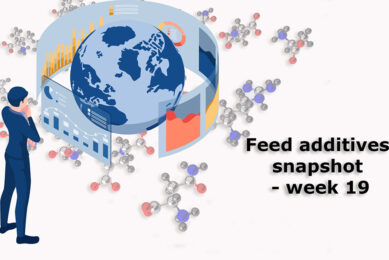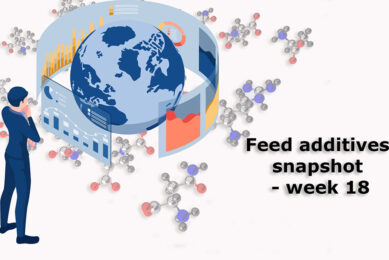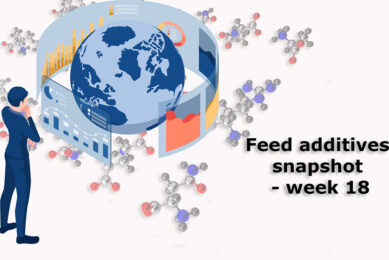FAO: Possible decline in world cereal stocks

Global food prices rose for the 5th consecutive month in May, pushed up by rising prices of cheese and maize due to adverse weather conditions.
This is according to the FAO Food Price Index, which tracks monthly changes in the international prices of commonly traded food commodities, averaged 172.4 points in May, up 1.2% from the previous month while still 1.9% below its level in May 2018.
Also read: Increase in FAO Cereal Price Index
Negative outlook for maize
FAO’s latest forecast for world cereal production in 2019 – available in the Cereal Supply and Demand Brief, points to an increase of 1.2% from the previous year to reach 2,685 million tonnes, a sharp downward revision from the forecast made in May when global cereal production was predicted to expand by 2.7%.
The year-on-year increase in global cereal production reflects expansions of wheat and barley production, while global rice output is likely to remain close to last year’s record level. Worldwide maize output, however, is now seen to fall, with US production expected to shrink by 10% from the previous year amid a much reduced pace of plantings due to unfavourable weather conditions. World cereal utilisation in the year ahead is now forecast to reach 2,707 million tonnes, somewhat down from the May forecast but still 1% higher than in 2018/19.
Decline in world cereal stocks
Based on the new estimates for production and utilisation, world cereal stocks could decline by as much as 3% in the new season, hitting a 4-year low of 830 million tonnes. The anticipated decline would result in the global cereal stock-to-use ration dipping below 30%, which, nonetheless, still points to a relatively comfortable supply level. World trade in cereals is forecast to rise to 414 million tonnes, up 1.4% from the estimated level for the previous year, led by a strong rebound in wheat trade driven by a stronger import demand by several countries in Africa and Asia, combined with expectations of large export availabilities in the Black Sea region and the European Union.










